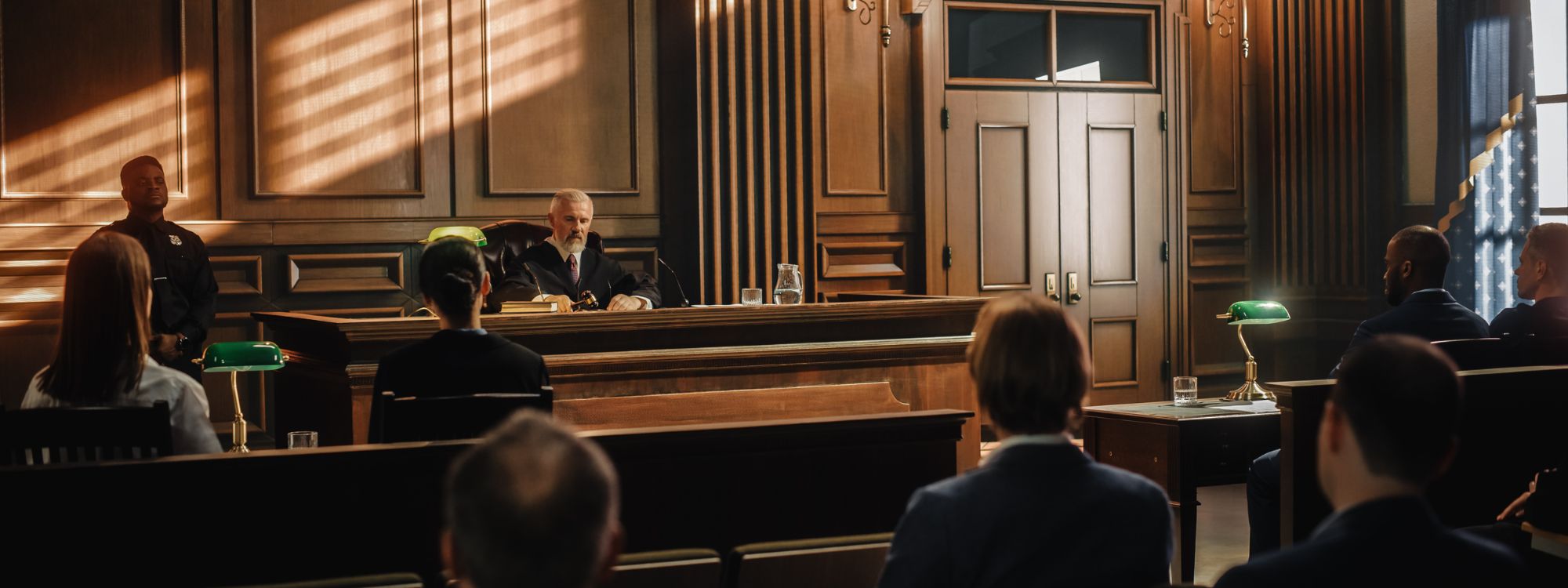
Dealing with squatters or unauthorized occupants while in probate in California requires careful adherence to legal procedures. While the process can be frustrating, California law provides a structured method for removing individuals who are illegally occupying your property. Here is an in-depth step-by-step guide to navigate this complex issue.
1. Understand the Type of Occupancy
Before taking action, it’s crucial to identify whether the individuals are:
- Squatters: People who occupy a property without permission and without any rental agreement or lease. They may claim rights under adverse possession laws.
- Holdover Guests: Individuals who were initially invited into the home but refused to leave, such as guests overstaying their welcome.
- Trespassers: Individuals who entered the property unlawfully, often by breaking in.
- Tenants by Fraud: Individuals who forged a rental agreement or began living in the property under false pretenses.
2. Verify Ownership and Unauthorized Occupancy
To proceed legally, you must establish your right to the property and document the unauthorized nature of the occupancy.
- Proof of Ownership: Gather deeds, titles, or other legal documents showing your ownership.
- Evidence of Unauthorized Occupancy: Take photos, collect witness statements, or use security footage to document the squatter’s presence. If applicable, include evidence of break-ins or forced entry.
- Identify Occupants: Determine who is occupying the property. If their names are unknown, you can address legal notices to “All Occupants.”
3. Contact Local Law Enforcement (if applicable)
In some cases, squatters may be removed by law enforcement if they are trespassing. Provide the police with:
- Ownership documentation proving you own the property.
- Evidence of unauthorized entry (e.g., broken windows or locks).
However, if the squatters claim tenant rights or provide a fraudulent rental agreement, the police may advise you to file a civil eviction case.

4. Serve a Notice to Vacate
If law enforcement cannot remove the occupants, you must serve them with a legal notice to vacate. The notice depends on the circumstances:
- 3-Day Notice to Quit: Used for illegal occupants or squatters. This does not allow them to fix the issue—they must leave immediately.
- Posting and Mailing: If the names of the occupants are unknown, post the notice in a visible area (like the front door) and mail a copy to the property.
5. File an Unlawful Detainer Lawsuit
If the occupants fail to vacate after receiving the notice, you can file an Unlawful Detainer Complaint with the local Superior Court. This begins the formal eviction process.
- Prepare Documentation: Include the notice to vacate, proof of service, property ownership documents, and evidence of unauthorized occupancy.
- Pay Filing Fees: These typically range from $240 to $450, depending on the county.
- Serve the Complaint: Have the lawsuit served by a process server, sheriff, or another authorized third party.
6. Prepare for Legal Defenses
Illegal occupants or squatters may attempt to contest the eviction. Common defenses include:
- Adverse Possession Claims: Squatters may argue they qualify for ownership under adverse possession laws. Counter this by proving they have not continuously occupied the property for at least five years or paid property taxes during that period.
- Tenancy Claims: Occupants may claim they are tenants, even without a valid rental agreement. Provide evidence showing no tenancy exists, such as a lack of payment records or rental contracts.

7. Attend the Court Hearing
Once a hearing is scheduled, present your case in court. Ensure you bring:
- Ownership documents, such as the deed or title.
- Copies of the notice to vacate and proof of service.
- Evidence of unauthorized occupancy, including photos, videos, or security footage.
- Witnesses, if available, to testify about the illegal occupancy or trespass.
If the court rules in your favor, you will be granted a Judgment for Possession and a Writ of Possession.
8. Enforce the Writ of Possession
The Writ of Possession allows the sheriff to physically remove the illegal occupants. To enforce it:
- File the writ with the sheriff’s department.
- Pay the enforcement fee (typically $125 to $150, depending on the county).
- Schedule the lockout. The sheriff will post a final notice, giving the occupants 5 days to vacate voluntarily.
If they do not leave by the deadline, the sheriff will conduct the lockout, and you can regain possession of the property.
9. Address Leftover Belongings
Under California law, any belongings left behind by the illegal occupants must be handled according to specific procedures:
- Inventory and Store Items: Store the items securely for at least 15 days.
- Notify the Occupants: Send a written notice (if their contact information is known) explaining how they can reclaim their belongings.
- Dispose or Sell: After the storage period, you can dispose of the items or sell them if their value exceeds $700. Proceeds from the sale must be returned to the occupant, minus storage and handling costs.

10. Secure Your Property
Once you regain possession, take steps to prevent future issues:
- Change Locks: Replace all locks to prevent reentry.
- Repair Damage: Fix any broken windows, doors, or other points of entry.
- Install Security Measures: Consider adding cameras, motion-activated lights, and alarms to deter future squatters or break-ins.
Key Legal Considerations
- Adverse Possession Requirements: Squatters cannot claim ownership unless they meet strict requirements, including five years of continuous occupation and payment of property taxes.
- Self-Help Eviction is Illegal: Actions like shutting off utilities, locking out occupants, or forcibly removing them without a court order are prohibited in California.
- Local Regulations: Some cities, such as Los Angeles or San Francisco, may have additional rules or protections. Check local ordinances before proceeding.
Final Thoughts
Removing squatters or illegal occupants from your property in California requires patience and strict adherence to legal procedures. Following the law protects you from potential penalties and ensures a successful resolution. If the situation becomes complex or contested, consult an experienced attorney specializing in landlord-tenant law to guide you through the process.
